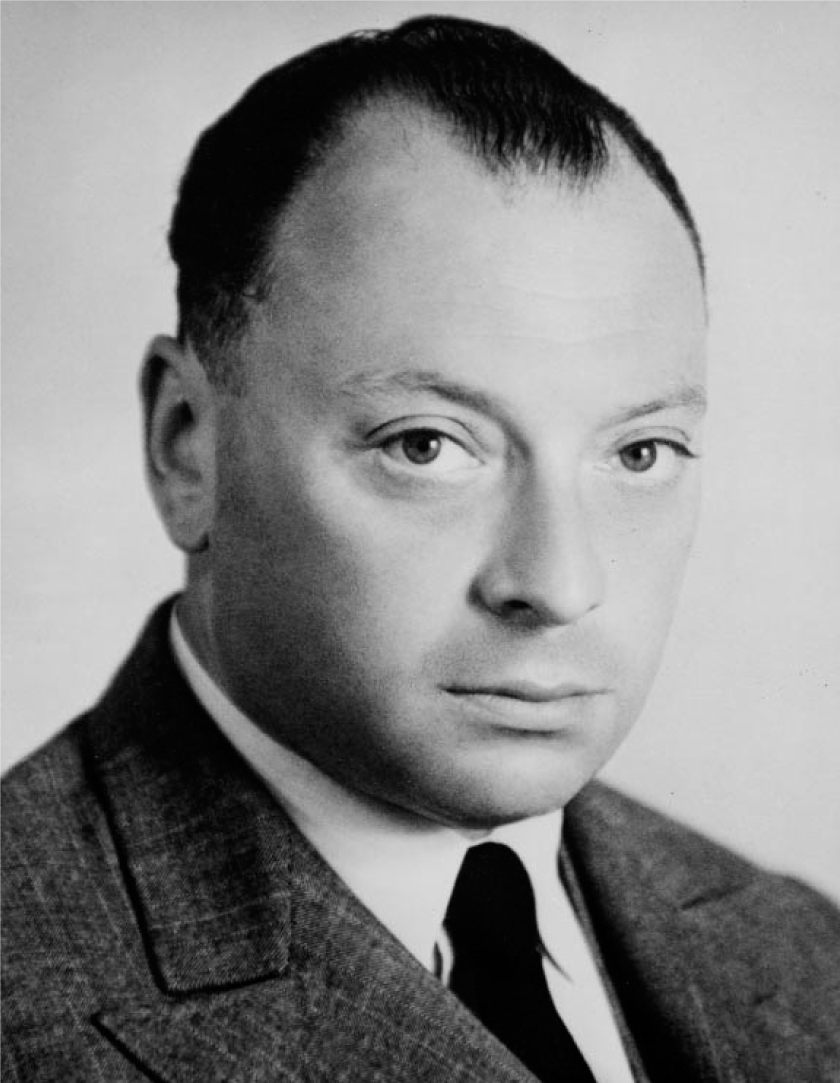No Time to be Brief: A Scientific Biography of Wolfgang Pauli
DOI: 10.1063/1.1634534
Wolfgang Pauli (1900–58) was probably the most colorful personality among the founders of modern theoretical physics. Child prodigy, acerbic but much sought critic by age 20, caustic originator of countless anecdotes throughout his life who signed his letters “the scourge of God,” his fame is due to more than his monumental contributions to physics. Were it not for the fact that Pauli revealed himself through his voluminous published correspondence comprising some 2600 letters (published by Springer-Verlag), one might say that the physics community has been waiting for a Pauli biography with bated breath. Many of those letters, though, are in German, and furthermore, they only rarely deal with his personal life. Thus, Charles P. Enz’s scholarly opus fills a real gap. The book, whose title should have been A Man of Principle, is not easy reading, but it is a must for any physics library.
The book’s structure is like that of Abraham Pais’s celebrated biography of Albert Einstein, Subtle is the Lord (Oxford U. Press, 1982)—a mixture of thorough analysis of the scientific papers and of parallel developments in the subject’s personal life. Enz, who was Pauli’s last assistant, writes with an intimacy based on day-to-day contact, while Pais is more reserved.
The book analyzes in detail almost all of Pauli’s papers, including some that had understandably fallen into oblivion. The discussion, couched in modern notation, of Pauli’s works in the “old” quantum mechanics, permits one to understand the birth of the exclusion principle. The evolution of Pauli’s thoughts—from neutron to neutrino—about a neutral spin-1/2 particle makes fascinating reading. Pauli’s vision and ultimate rejection of a non-abelian gauge theory, previously accessible only in his published correspondence with Pais, is carefully presented. The topic of Pauli’s last paper, “On the Thermodynamics of Dissociated Equilibrium Mixtures in External Force Fields,” (Zeitschrift für Angewandte Mathematik und Physik, volume 9b, page 496, 1958) shows the breadth of his interest. It was dedicated to a colleague, the aerodynamicist Jakob Ackeret.
The book tells us much about the vicissitudes of Pauli’s personal life: his mother’s suicide; his short, failed marriage; his second, happy one; his relationship with ETH Zürich, where he was a professor from 1928 until his death. The story of the latter part of that relationship will baffle and rightly shock any reader.
In a nutshell the story is this: In July 1940 Pauli left, with a formal leave of absence from ETH, for a semester at the Institute for Advanced Study (IAS) in Princeton, New Jersey. Subsequently, for lack of proper travel documents, he could not travel back to Switzerland. On the one hand, the ETH authorities threatened to dismiss him unless he returned promptly; on the other, the head of the federal police refused to endorse Pauli’s application for naturalization, which had already been filed in 1939. The official correspondence in this matter is full of veiled and even overt anti-Semitic remarks (see Charles P. Enz, Beat Glaus, Gerhard Oberkofler, eds., Wolfgang Pauli und sein Wirken an der ETH Zürich, Hochschulverlag ETH, 1997). In July 1943, a motion at the school board for the dismissal or forced retirement of Pauli failed by a single vote, cast by the president of ETH. After Pauli returned to Zürich in 1946, a fresh Nobel laureate who had been offered Einstein’s post at the IAS, the earlier history was forgotten and his naturalization ultimately granted.
The section of Enz’s biography that readers will find most puzzling is the one that covers Pauli’s deep involvement with Zürich psychoanalyst Carl Jung. The breakup of Pauli’s first marriage in 1930 led him into a deep depression and he agreed to be analyzed, first by one of Jung’s assistants and then by Jung himself. The treatment appears to have been beneficial and Pauli came to embrace many of Jung’s mystic conjectures. The embrace was firm enough that Pauli and Jung jointly published a collection of essays. Pauli, the ultimate rationalist in physics, felt a deep interest in what lay “beyond” exact science. Perhaps he was searching for the wellsprings of his own creativity. In his essay on Johannes Kepler’s concepts, he traces the origins of those concepts to preconceived archetypes, as opposed to geometrical notions. Note that Pauli carefully recorded about 1000 of his dreams and that his depression on the breakup of his marriage did not affect his legendary powers of concentration. On his deathbed, Pauli named Jung as the one person he wanted to see.
While Enz’s book is a monument of painstaking scholarship, its narrative does not flow well. It is constantly being interrupted by thumbnail sketches of people who crossed Pauli’s path. The discussion of life in Zürich has so much detail that one needs a map to appreciate it. The space used up by such minutiae would have served better by including more Pauli anecdotes. Finally, much of Pauli’s depth and wit, originally expressed in most elegant German, gets lost in the often stilted translations that are given.

Wolfgang Pauli in a 1940 passport photograph taken shortly before his trip to the Institute for Advanced Study in Princeton, New Jersey.
AIP EMILIO SEGRE VISUAL ARCHIVES

More about the Authors
Valentine Telegdi was the Enrico Fermi Distinguished Service Professor of Physics at the University of Chicago before he moved to ETH Zürich, from which he is retired. He now divides his time between CERN, in Geneva, and Caltech, in Pasadena, California. When Telegdi was a student at Zürich, Pauli served as the external examiner for his thesis, and the two continued to keep in close touch.
Valentine L. Telegdi. University of Chicago, US .
